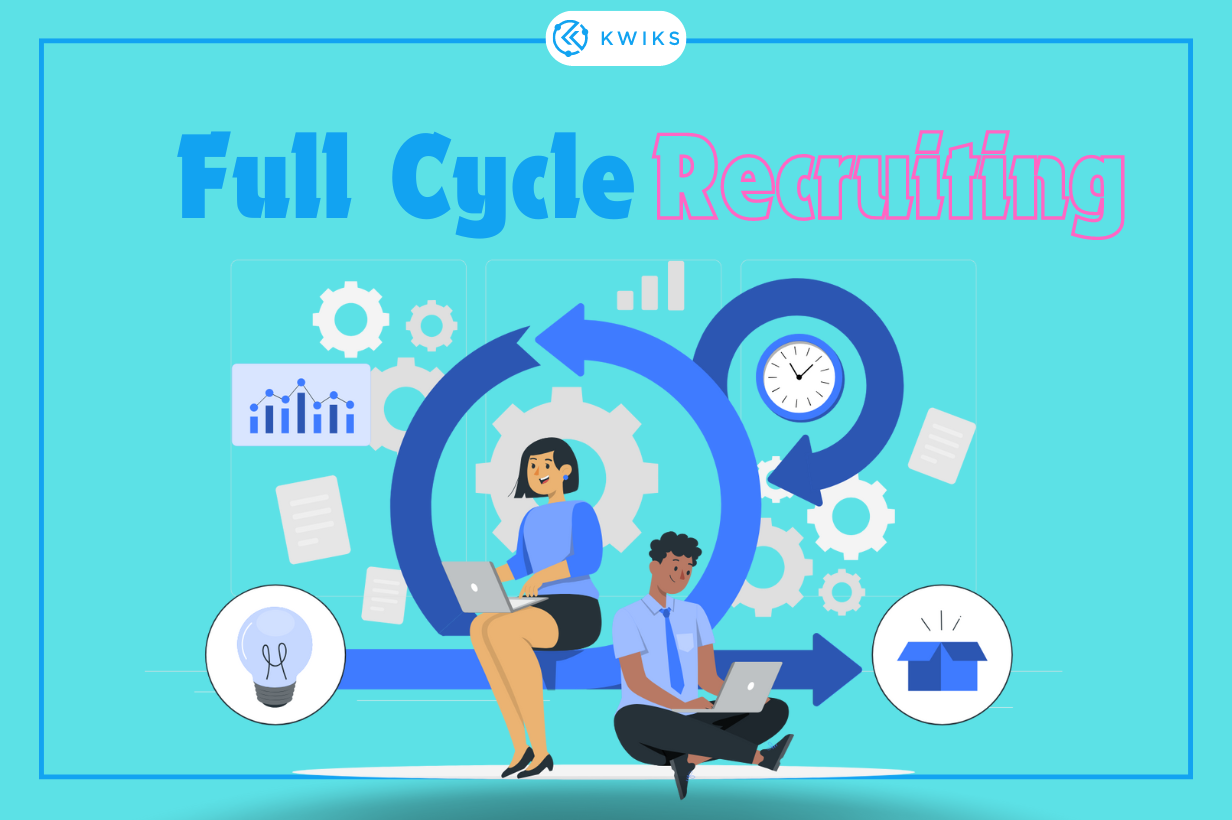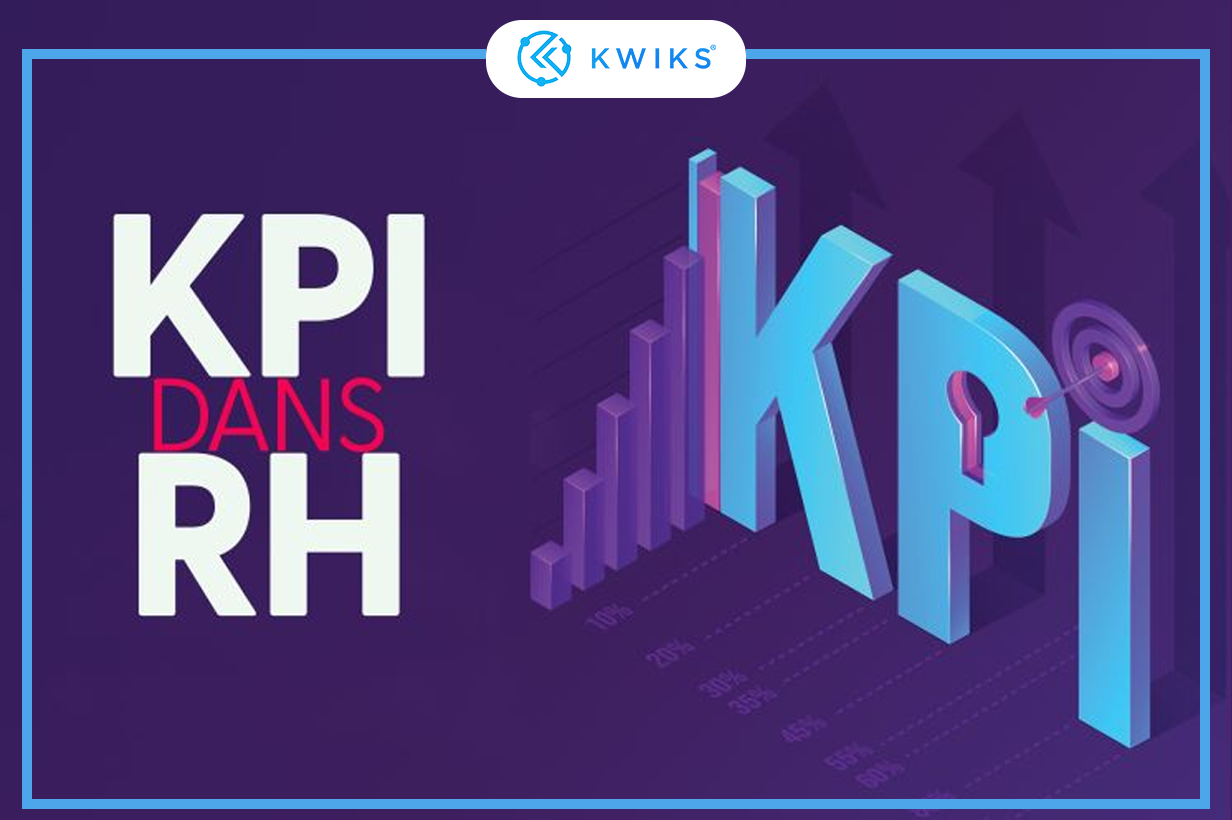
Skills Management: Effectively Managing GPEC (Management of Jobs and Skills)
- administrator
- November 15, 2023
The Management of Anticipated Jobs and Competences (GPEC) is an approach aimed at managing the company’s long-term needs in terms of skills and workforce. Initiated by the HR function, GPEC aims to develop the employability of employees, particularly by promoting internal mobility. Discover how to successfully implement GPEC in your company.
In concrete terms, it involves training employees throughout their careers to maintain a high level of employability. Supporting career development and skills development are guiding principles in implementing a GPEC plan.
According to Amine Khayatei Houssaini, CEO of KWIKS, Fastrecruiter Community, “In the context of an economic crisis, GPEC takes on a particular role. More and more companies are developing new policies for internal mobility, as well as more targeted training and recruitment to sustain their economic activity.”
The Management of Anticipated Jobs and Competences revolves around four main pillars :
- Identification of Job Types: Developing a typology of existing jobs within the company. Depending on the structure’s development, it is also essential to distinguish priority jobs to focus future recruitment efforts on them, for example.
- Development of a Job Classification: Determining the major professional families within the company. The idea is to create bridges between different job categories to encourage internal mobility. This approach helps retain the best elements and foster employee development.
- Establishment of a Competence Repository: Taking into account current and future activities, this involves anticipating retirements and the loss of key competences, considering the seniority and expertise of employees.
- Implementation of an Action Plan: The operational translation of GPEC, bringing together recruitment, training, and internal mobility policies.












